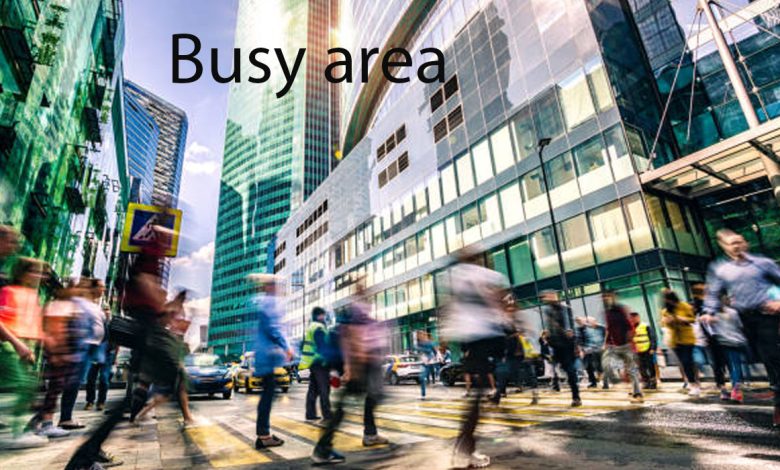Busy area: Understanding the Dynamics

Introduction
Crowded areas that are also known as Busy area, are dynamic centers of activity, naturally marked by significant ordinary movement, business engagement, and dynamic energy. These areas, crossing from city centers to favored trade areas, are essential to the social and economic structure of a region. This article explores the characteristics of bustling locations, including their benefits, difficulties, and references for directional through them effectively.
Features of a Busy area
Elevated Foot Activity
Crowded areas attract huge groups, including shoppers, customers, and tourists.
Business Operations
Companies grow in these areas because of a stable stream of customers.
Public Transit Centers
They are commonly well-linked by buses, trains, and various forms of public transport.
Energetic Environment
Festivities, outdoor acts, and various activities enhance the vibrant atmosphere.
Advantages of Crowded Areas
The following are the advantages of a Busy area:
Economic Expansion
Companies in high-traffic locations gain from keen visibility and sales.
Social Engagement
These areas act as crowd places, promoting social bonds and cultural interaction.
Accessibility
Vital services like banks, healthcare providers, and government agencies are normally situated in these areas.
Chances for Making Connections
Experts can network successfully because of the wide-ranging community in crowded areas.
Risks of Busy Areas
Overpopulation
Due to overpopulation, lead to congestion and reduced mobility can occur.
Noise Pollution
The continuous activity can result in raised noise levels, disturbing the quality of life.
Safety Concerns
Pickpockets and other minor crimes are more common in crowded areas.
Eco-friendly Impact
Crowded areas often have higher pollution levels due to larger vehicle emissions and waste.
Instructions for Controlling Busy Areas
Make a Strategy: Know about the destination and in the peak hours to visit to avoid crowded areas.
Utilize Public Transport: Choose buses or trains to diminish traffic-related interruptions and parking issues.
Keep Alert: Be aware of your things and environment to avoid possible security risks.
Control Technology: Use direction-finding apps to find less-packed roads and plan your route.
Some Cases of Busy Areas
New York City, Times Square
Acknowledged for its amazing billboards and visitor attractions.
Oxford Road, London
A shopping harbor with countless selling outlets.
Connaught Place, Delhi
A commercial and cultural center crowded with activity.
Shibuya Crossing, Tokyo
Well-known for its iconic pedestrian journey and city vibe.
Summary
Busy areas are lively places that affect the pulse of urban life. Though they give many chances and benefits, they also present challenges that need cautious navigation. Whether you’re staying for work, rest, or shopping, considering the dynamics of crowded areas can increase your knowledge and help you maximize your time.




